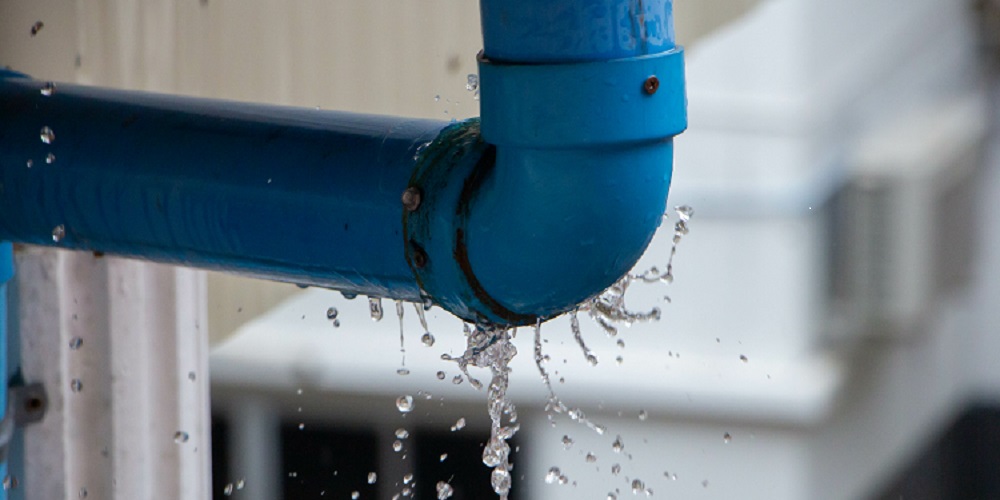Six Ways to Identify Hidden Water Line Leaks Efficiently
Six Ways to Identify Hidden Water Line Leaks Efficiently
Blog Article
On this page below you can locate a bunch of helpful information involving Leaking water lines.

Early detection of leaking water lines can minimize a possible calamity. Some little water leaks may not be noticeable.
1. Examine the Water Meter
Every house has a water meter. Inspecting it is a guaranteed manner in which aids you discover leakages. For starters, switch off all the water sources. Ensure nobody will certainly purge, utilize the tap, shower, run the cleaning equipment or dishwasher. From there, most likely to the meter and watch if it will certainly change. Since no person is using it, there need to be no movements. If it moves, that shows a fast-moving leakage. Likewise, if you spot no changes, wait an hour or more and examine back once more. This implies you might have a sluggish leakage that might even be below ground.
2. Examine Water Consumption
If you detect abrupt changes, despite your consumption being the very same, it suggests that you have leaks in your plumbing system. A sudden spike in your bill shows a fast-moving leak.
A consistent increase every month, also with the same habits, shows you have a slow leak that's likewise slowly rising. Call a plumber to extensively inspect your building, especially if you feel a warm area on your flooring with piping beneath.
3. Do a Food Coloring Test
When it comes to water intake, 30% comes from bathrooms. If the shade somehow infiltrates your dish during that time without flushing, there's a leak in between the tank as well as dish.
4. Asses Exterior Lines
Don't neglect to check your outdoor water lines also. Test spigots by affixing a yard pipe. Must water leak out of the link, you have a loosened rubber gasket. Change this and make sure all links are limited. It will help get it professionally examined and also preserved yearly if you've obtained a lawn sprinkler system. One small leakage can throw away tons of water and surge your water expense.
5. Analyze the scenario as well as examine
Home owners should make it a practice to inspect under the sink counters and also also inside cabinets for any bad odor or mold growth. These two red flags show a leakage so prompt interest is required. Doing regular evaluations, also bi-annually, can save you from a significant trouble.
If you know your house is currently old, maintain a careful eye on your heating systems, hoses, pipes etc. Check for discolorations as well as deteriorating as the majority of pipelines and also devices have a life span. They will certainly likewise naturally deteriorate due to damage. If you presume leaking water lines in your plumbing system, don't await it to intensify. Call a specialist plumber immediately so you do not end up with a dreadful mess in your house.
Early discovery of dripping water lines can mitigate a potential catastrophe. Some little water leakages may not be visible. Checking it is a guaranteed method that aids you uncover leakages. One little leakage can lose tons of water and spike your water bill.
If you suspect leaking water lines in your plumbing system, do not wait for it to rise.
WARNING SIGNS OF WATER LEAKAGE BEHIND THE WALL
PERSISTENT MUSTY ODORS
As water slowly drips from a leaky pipe inside the wall, flooring and sheetrock stay damp and develop an odor similar to wet cardboard. It generates a musty smell that can help you find hidden leaks.
MOLD IN UNUSUAL AREAS
Mold usually grows in wet areas like kitchens, baths and laundry rooms. If you spot the stuff on walls or baseboards in other rooms of the house, it’s a good indicator of undetected water leaks.
STAINS THAT GROW
When mold thrives around a leaky pipe, it sometimes takes hold on the inside surface of the affected wall. A growing stain on otherwise clean sheetrock is often your sign of a hidden plumbing problem.
PEELING OR BUBBLING WALLPAPER / PAINT
This clue is easy to miss in rooms that don’t get much use. When you see wallpaper separating along seams or paint bubbling or flaking off the wall, blame sheetrock that stays wet because of an undetected leak.
BUCKLED CEILINGS AND STAINED FLOORS
If ceilings or floors in bathrooms, kitchens or laundry areas develop structural problems, don’t rule out constant damp inside the walls. Wet sheetrock can affect adjacent framing, flooring and ceilings.
https://www.servicemasterbyzaba.com/blog/how-to-detect-water-leakage-in-walls/

I recently found that article on Finding hidden leaks while looking around the search engines. Do you know another person who is sincerely interested in the subject? Feel free to promote it. Thanks a lot for taking the time to read it.
Let's solve it, call now! Report this page